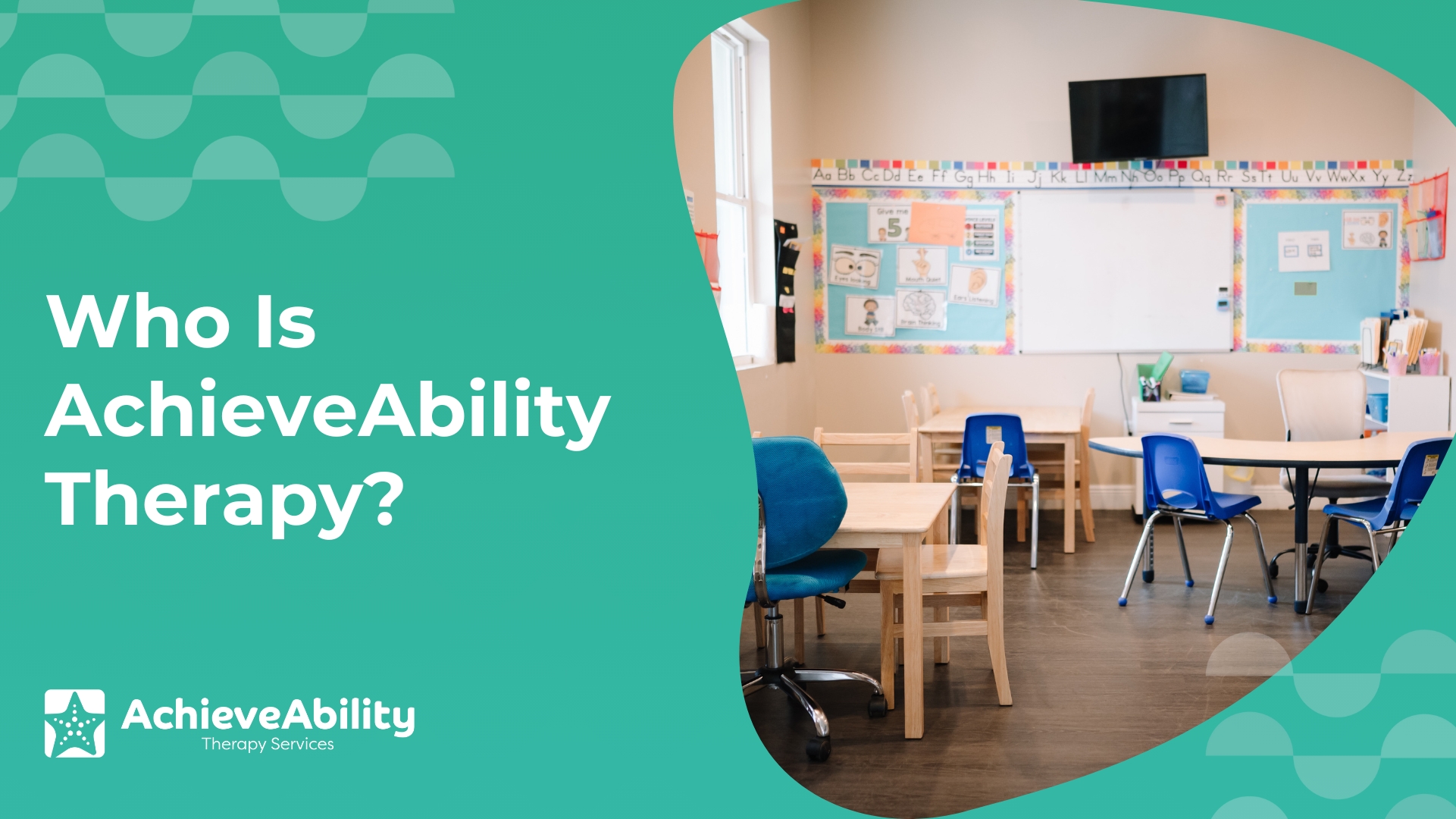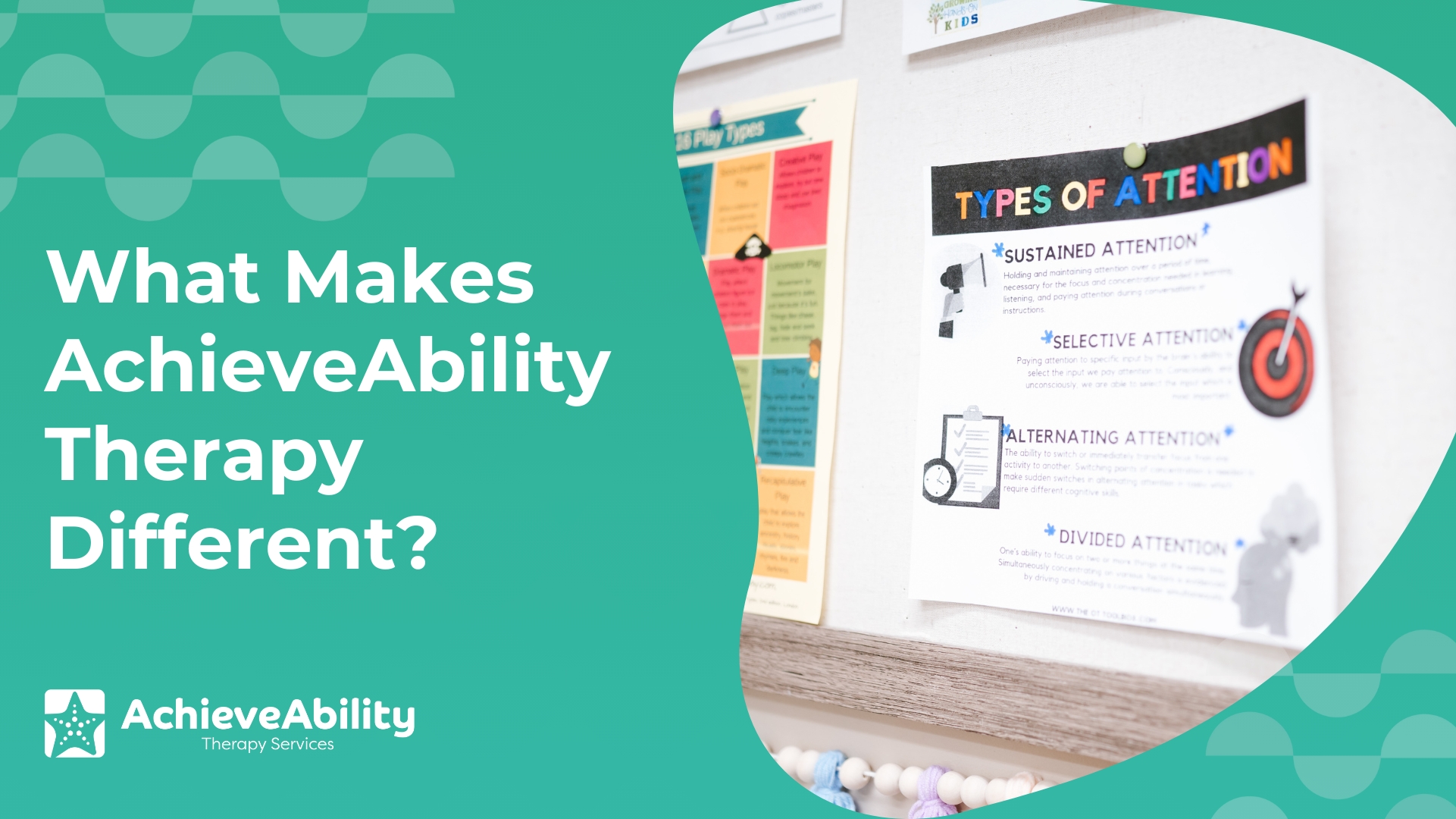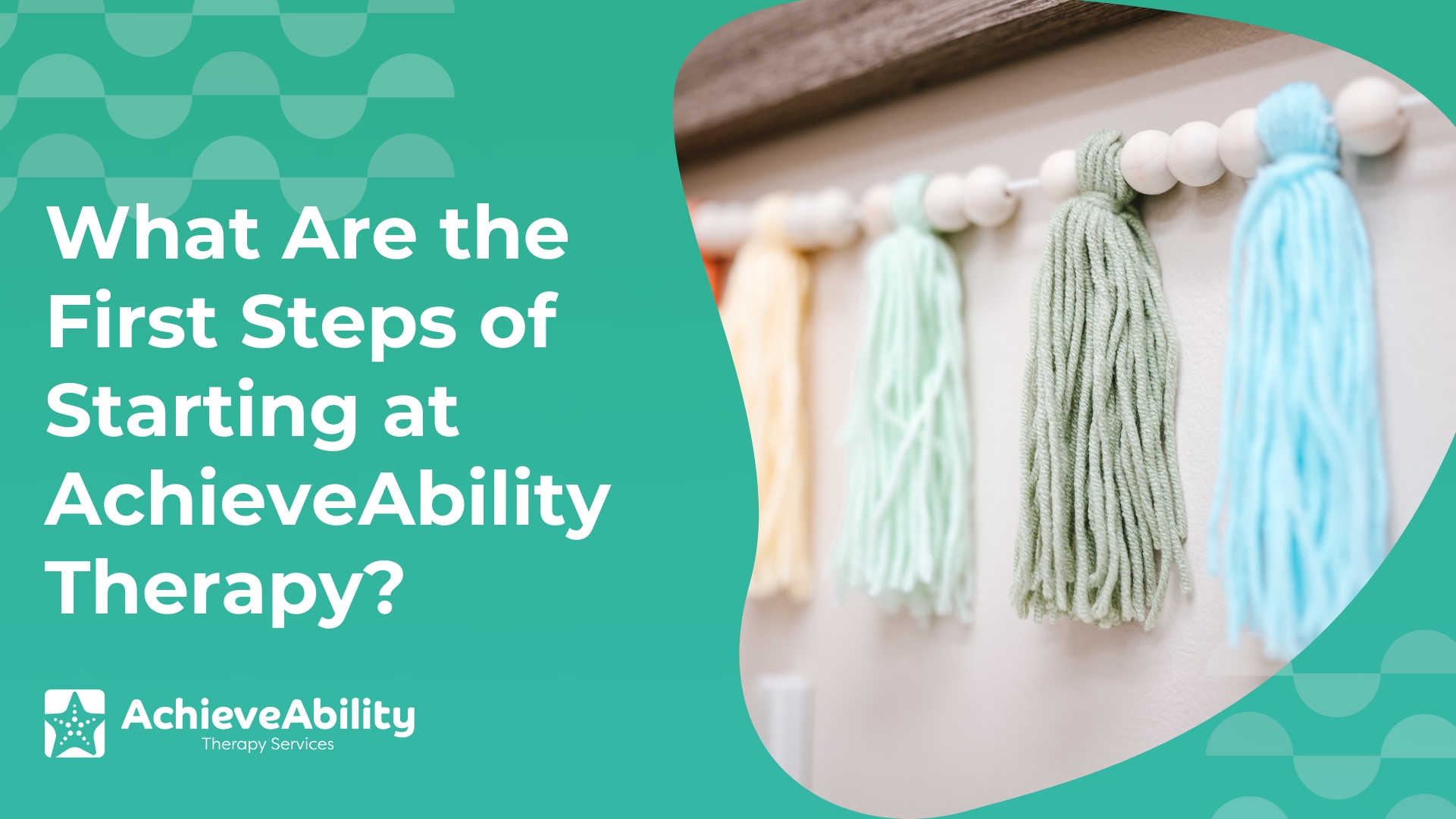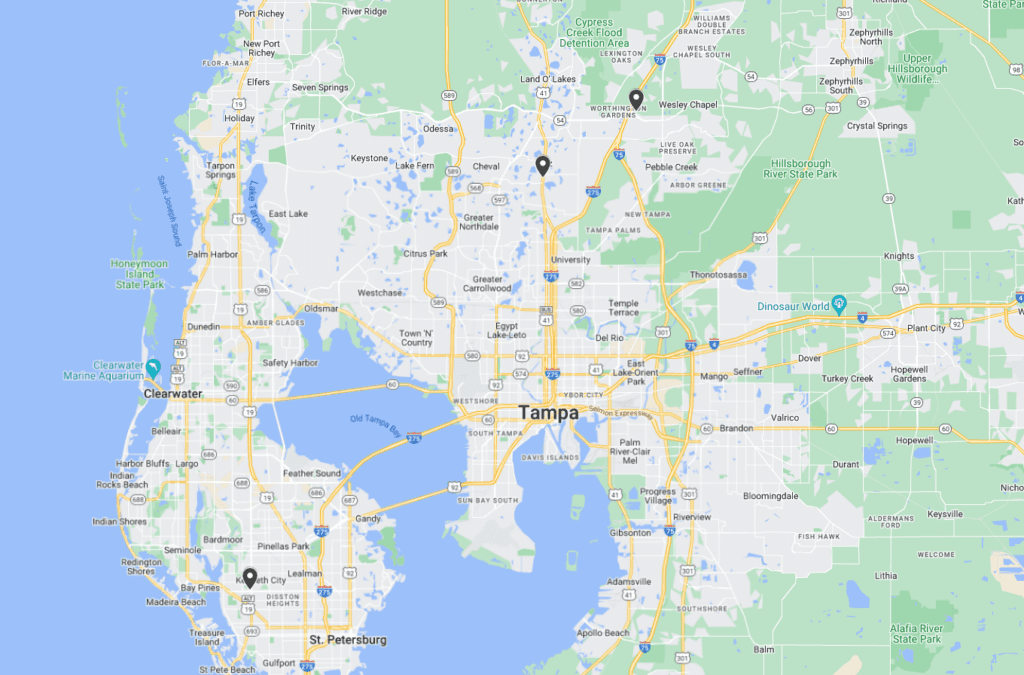Have you ever met someone who was very skilled at something, like drawing, for instance? If you asked a naturally gifted artist how they are able to create such beautiful artwork, they may not know how to respond. Our natural skills feel simple to us because they’re things we don’t have to work very hard on. At the same time, the things that don’t come naturally to us may take much more practice to develop.
Like the ability to draw or sing or a natural athleticism, social interaction is a skill that, for some people, doesn’t come easily. Often, in ABA therapy, the patients who come in needing support in their development of social skills have been diagnosed with autism spectrum disorder or something similar.
What Are Social Cues, And Why Are They Important?
It’s easy to think of communication simply as the words we write or speak, but much more goes into communicating with others. More than half of our communication occurs through non-verbal signals we call social cues.
Social cues are essential to human communication and, when paired with our words, help us understand each other more deeply than we could with words alone.
Types Of Social Cues
The four main categories of social cues are body language, facial expressions, vocal, and personal space. Already, you can see how complicated it can be to sift through the many layers of communication. Here’s what you need to know about each of these categories.
When we take in someone’s body language, we notice things like their posture, if they’re leaning in or leaning away, if they seem interested and engaged, or as if they’re trying to leave the conversation. We may also notice if they are comfortable being touched, whether as a hug or a simple tap on the shoulder.
Our facial expressions can show a huge range of emotions. When you watch the eyes and mouth of a person you’re engaging with, you can read happiness, anger, sadness, confusion, surprise, or much more. Facial expressions also include eye-rolling, teeth clenching, and furrowing the brow which all give off distinctly negative cues.
Vocal social cues include the pitch or volume of your voice or the emphasis placed on specific words in a sentence. Voices with a lot of infection, where the pitch and volume rise and fall in a melodic manner, are more likely to sound happy. Very loud voices can sound excited or mad, and soft voices can express fear.
The final non-verbal social cue is personal space. How close is it appropriate to stand next to someone? As we know, that depends on your level of intimacy with that person, the nature of your relationship, their role in your life, and their comfort level.
Practice Social Cues Like You Practice Any Other Skill
So, the question remains: what can parents do to help their children develop social skills when they don’t come naturally? Just as you encourage your child to practice any other type of skill they wish to develop, our kids need to practice social skills, too.
A great way to help a child recognize social cues in the wild is to role-play with them at home in a low-pressure environment. For example, before you take your child to the playground, you may role-play a scenario where they walk up to a child and ask to play with them. What does an enthusiastic yes sound like? What would it sound like if the other child were scared or uninterested? And then, what will your child do next? Simple exercises like this can help a child develop social skills that feel unnatural to them.
As parents, we want our kids to be loved and appreciated just as they are. It can be tempting to shade them from situations where their feelings might get hurt. But, what our children need most is support to develop social skills that will last them through the rest of their lives. If your child struggles socially, and you aren’t sure you have what it takes to support them, consider ABA Therapy as a solution.
At AchieveAbility, we help kids and their parents develop skills for happy, social lives. Contact us today for more information about our services.







